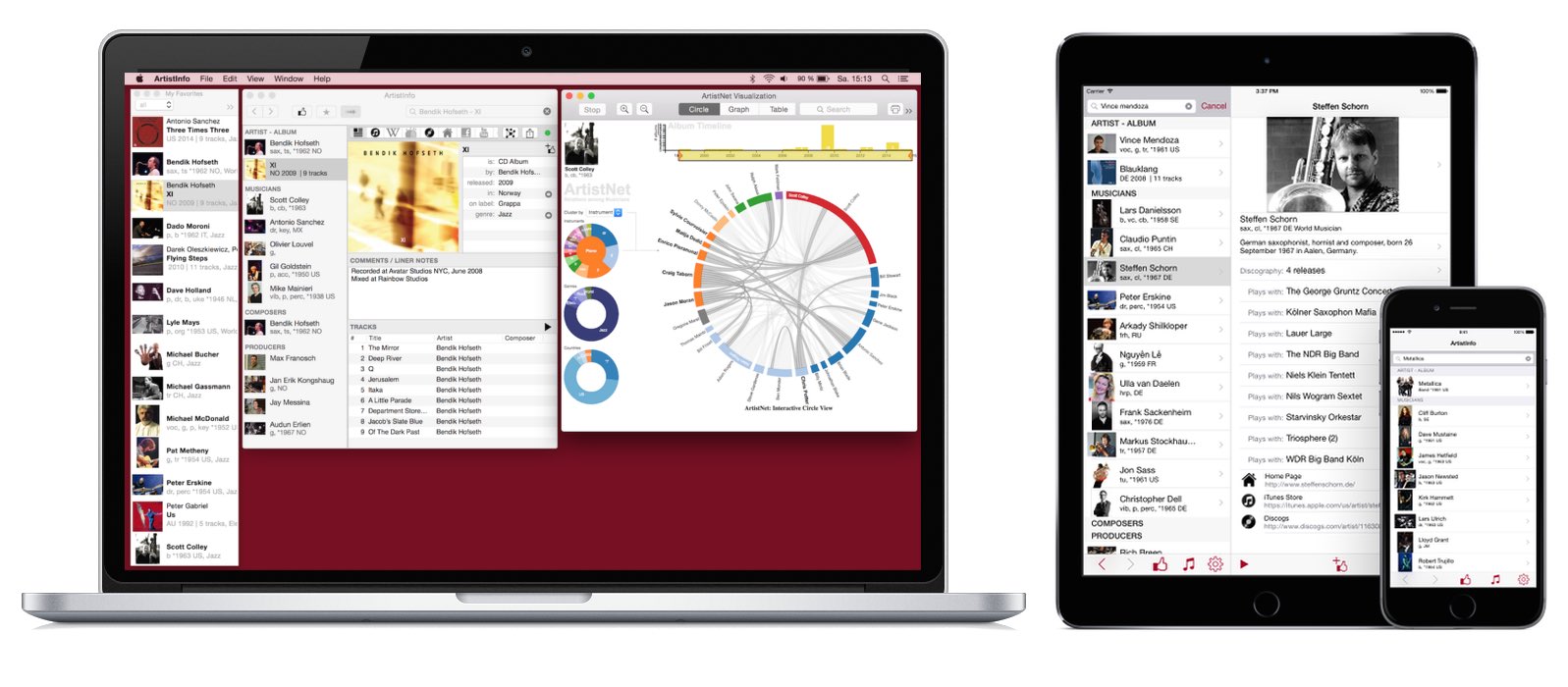
Pat O'Brien
p,
Jazz, Latin and Pop
A.k.a. Eucario Ainsley O'Brien
Venezuelan Musician. Father of the O'Brien brothers "Las Cuatro Monedas" If Eucario Ainsley O Brien had been born in New Orleans, he would probably be enrolled in the Hall of Fame of Jazz, like Duke Ellington or Count Basie, but with the difference that, in addition to knowing about the intricacies of jazz, he would also have Solvents resources when interpreting a Tango, Joropo or Guaracha. But the birth of this Venezuelan pianist occurred in Maracaibo, on March 22, 1922, of a Guyanese father and mother born in Barbados. It is his father Joseph who awakens interest in classical music. At the age of 7, he studied piano with Professor Soress, originally from Granada, to perfect himself with Germán Acosta Gómez, Francisco Gómez and José Luís Paz, brilliant Venezuelan musicians. At 13, he starts playing on the ECOS DEL ZULIA radio station, accompanying "Timothy" a trinitarian violinist. In those years, he falls into his hands a method called "Jazz Lessons in 4 volumes", which would change his perception of music forever. He spent his adolescence studying painting at the Artistic Circle of Zulia, also at the School of Commerce of Maracaibo while working as a stenographer at the Mene Grande Oil Company. He was brought to Caracas in 1943. He got a job as a musician at the club "Tropicalia", where he met Antonio María Soteldo, at that time bassist of the Billos Caracas Boys, who recruited him to form an orchestra led by Billo Frometa on Radio Continente on the margins of his now famous dance orchestra. It would not be too much to replace the outgoing pianist Rafael Mercado in that orchestra. Already in the Billo`s, it constitutes one of the fundamental and characteristic characters of the orchestra. It is his compadre Luis Marìa Fròmeta who baptizes him as "Pat" in allusion to a Hollywood actor. In this way, he helps with his companions, to configure the first great era of the Billos Caracas Boys, between 1943 and 1957 In that period, she married and procreated 4 children: Marlene (1948), Gary (1,949), Kenny (1,950) and Brenda (1,952), who with the passage of time and with the blessing of being tanned with music from the moment who were born, become in the 60's in "The Four Currencies". The aforementioned 1957 is a tough year for Pat. In March, the Billos orchestra dissolves, in addition to the socio-political panorama that begins to thin for a subsequent change of government in January of the following year. That's when he began to liven up the Caracas nightlife as a pianist. By bass player Miguel Acuña starts playing at a club called EL TONY located near Plaza Venezuela: His last job as a fixed musician, he had it at LA RONDA at the Caracas Hilton, where he showed off his exquisite style: a skillful hand left who did not lose his mastery nor with the deforming arthritis that attacked him in the Geriatric of Caricuao, an institution that was accepted once his health began to crack. Shortly before dying at the University Clinical Hospital, on January 13, 2001, I was lucky enough to meet him: He showed off his mastery of the piano he had sent to bring with him to the Geriatric Hospital, as well as introducing me to an asylum companion with whom He had recently married! As we said goodbye at the door, with his always open smile he said: "That car is yours? When are you taking me for a walk?
Genres
Popular Tracks 

Track list and 30sec audio provided by ![]()
Discography
| Title | Artist | Year | Type |
|---|---|---|---|
| Pat O'Brien Y Su Piano Con Orquesta De Cuerdas Vol. 3 | Pat O'Brien | 1978 | Album |
| Pat O'Brien Y Su Piano Con Orquesta De Cuerdas Vol. 2 | Pat O'Brien | 1977 | Album |
| Pat`O Brien Y Su Piano Con Orquesta De Cuerdas | Pat O'Brien | 1976 | Album |
